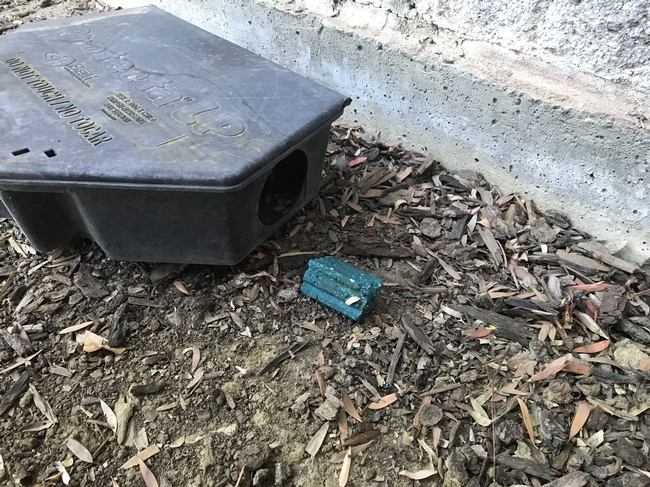In September 2020, Governor Gavin Newsom signed into law Assembly Bill 1788, which prohibits almost all uses of second-generation anticoagulant rodenticides (SGARs) statewide. Rodenticide products containing brodifacoum, bromadiolone, difenacoum, or difethialone have been restricted materials in California since 2014. They are only available for use by licensed pest control applicators.
The new restrictions are intended to reduce potential poisoning of nontarget wildlife. According to the text of the bill, scientific research and state studies have found rodenticides in over 75 percent of animals tested. From 2014 through 2018, the Department of Fish and Wildlife found SGARs in more than 90 percent of tested mountain lions, 88 percent of tested bobcats, 85 percent of protected Pacific fishers tested, and 70 percent of northern spotted owls tested.
There are some exceptions to this law but almost all uses in and around structures have been banned. The following uses are allowable under AB 1788:
- Governmental agency employees using SGARs for protection of public health or protection of water supply infrastructure and facilities.
- Mosquito or vector control district using SGARs for public health.
- Eradication of nonnative invasive species inhabiting or found to be present on offshore islands.
- Control of an actual or potential rodent infestation associated with a public health need, as determined by a supporting declaration from the State Public Health Officer or a local public health officer.
- Research purposes, with written permission from DPR's director.
- Agricultural activities, including use in
- warehouses used to store foods for human or animal consumption.
- agricultural food production sites, including, but not limited to, a slaughterhouse or cannery.
- factories, breweries, and wineries.
- agricultural production sites housing water storage and conveyance facilities.
- agricultural production sites housing rights-of-way and other transportation infrastructure.
What are other options for rodent control in urban settings?
A successful rodent control strategy includes prevention through sanitation measures, physical exclusion methods, and a combination of effective population control methods. Traps may be useful alternatives in some cases around homes, garages, and other structures. For instance, small populations of house mice can be effectively managed with traps. It is important to always be mindful of nontarget wildlife when conducting a trapping program. Rodenticides that are still available in California for licensed pesticide applicators include the first-generation anticoagulant rodenticides (warfarin, chlorophacinone, and diphacinone) and the non-anticoagulant rodenticides (bromethalin, cholecalciferol, and zinc phosphide).
For more information about rodent management, see Pest Notes: Rats and Pest Notes: House Mouse.
This new prohibition will be in effect until the California Department of Pesticide Regulation's Director certifies that specified measures have been taken to evaluate, restrict, and only use SGARs when necessary.
[Article originally published in the Fall 2020 issue of the Green Bulletin.]
